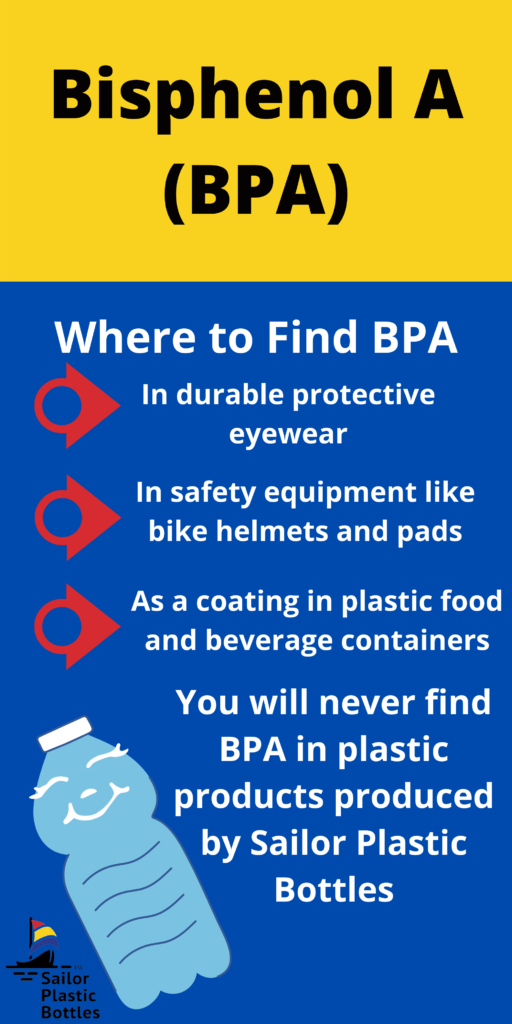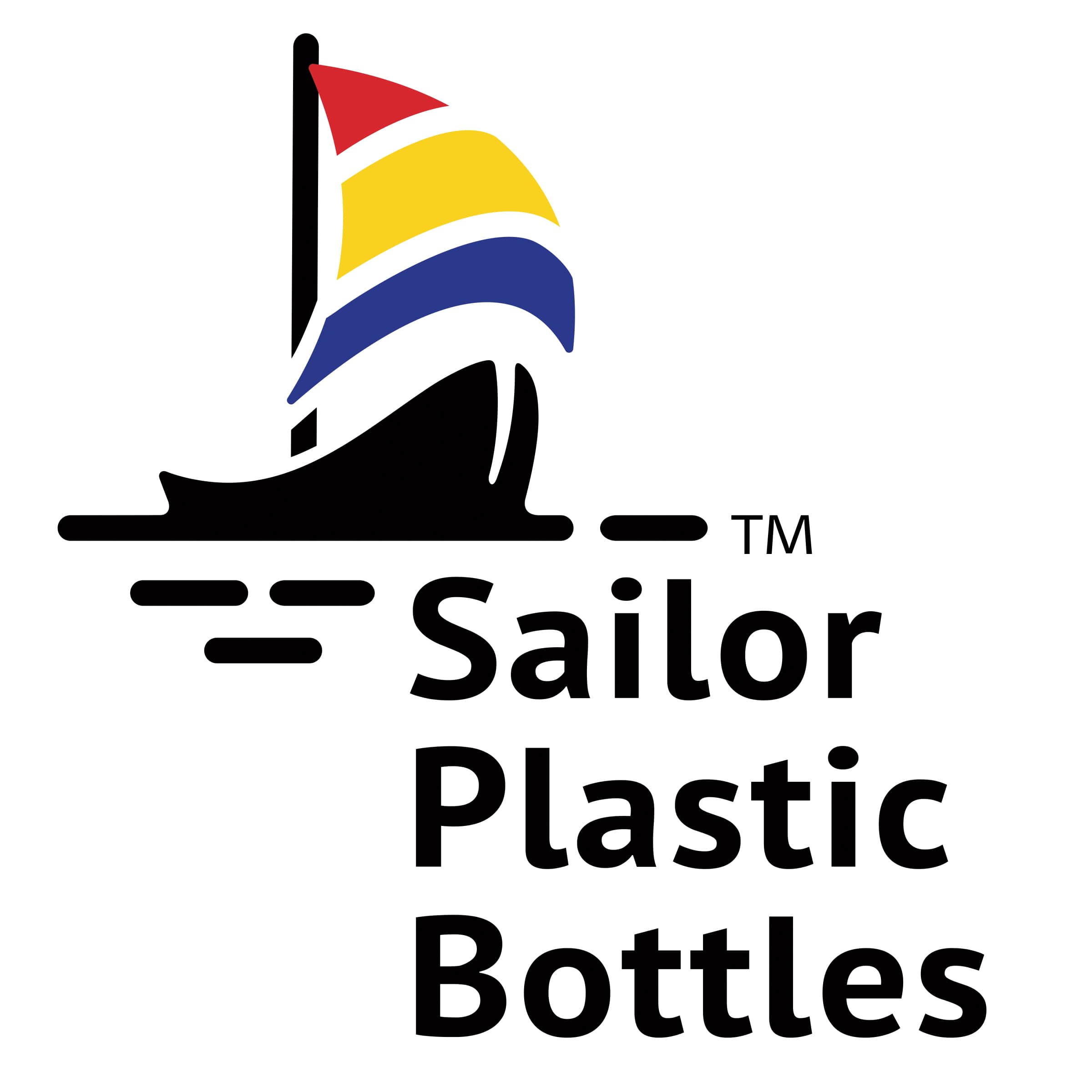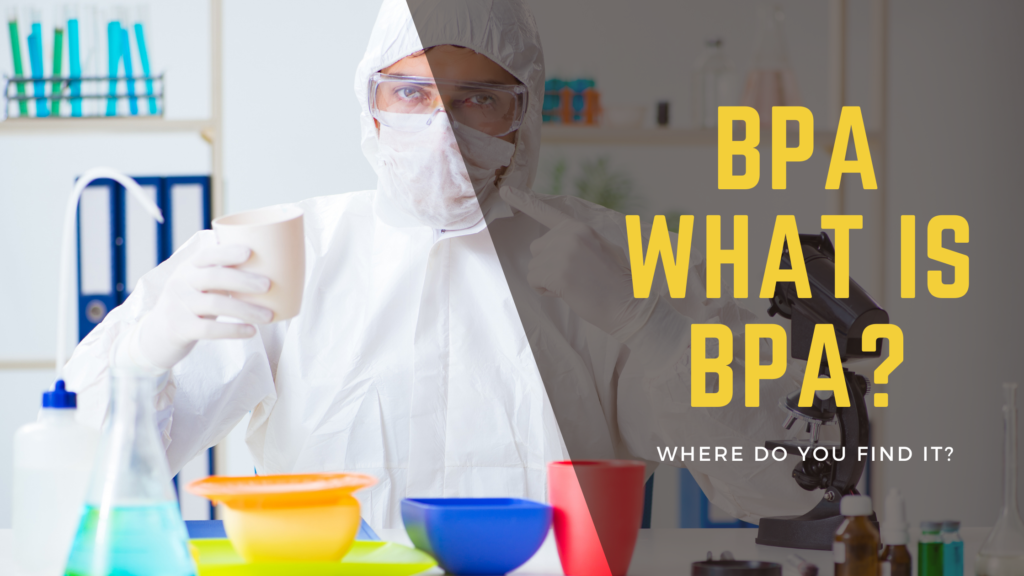BPA or Bisphenol A: What It Is and Where to Find It
What is Bisphenol A or BPA?
Bisphenol A or BPA is a synthetic compound most often found in the manufacturing of some plastic food containers. It is also used as a coating in metal containers such as cans and water pipes. It is believed that through content exposure, BPA can leak into the beverages and food products. This can possibly cause adverse health effects on the brain and prostate glands in developing children. It is also possibly linked to high-blood pressure.
The Food and Drug Administration (FDA) has declared the compound to be safe to consume in small doses, based on several research projects. The FDA is still researching the effects of the compound as well. However, many consumers tend to purchase plastic items that are free of the compound to further reduce their exposure to the chemical.
Does Sailor Plastic Bottles Use BPA in anything?
NO! ALL BOTTLES MANUFACTURED BY SAILOR PLASTICS ARE BPA FREE.
We constantly strive to bring you safe, worry-free plastic containers for every purpose.
Where Do You Find Bisphenol A?
BPA is considered a Polycarbonate, which means it is lightweight and extremely durable. This also means that it has a plethora of uses both in and outside of the food industry. It is often found in personal safety items like safety goggles and athletic face shields. It can also be found in bike helmets and pads. The compound is also used in police riot shields, as its durability keeps them strong against large crowds, but light enough to be carried for extended periods of time.
What people are most concerned with is the use of BPA in plastic food containers due to the possibility of the polycarbonate being absorbed into the food or beverage. Though the FDA has declared the small amounts of the compound are safe for consumption, many consumers and manufacturers of plastic food containers have started to prefer BPA free plastics.
BPA is found mostly in polycarbonate plastics, meaning they are hard, clear, and unbreakable. Their recycling stamp often includes the number 7, and they are usually microwave safe. These are some of the ways you can identify BPA free plastics on the market. Opaque and non-microwaveable plastics usually don’t contain the compound. However, most modern plastics, even the clear unbreakable plastics, are still free of the compound.
About the Author:
Jessica Welch is a student at Minnesota State University- Mankato who is working towards an MFA in creative writing. She has helped work on business related blogs and product descriptions as an intern with Sailor Plastic Bottles. Check out her post on different types of beehives.

